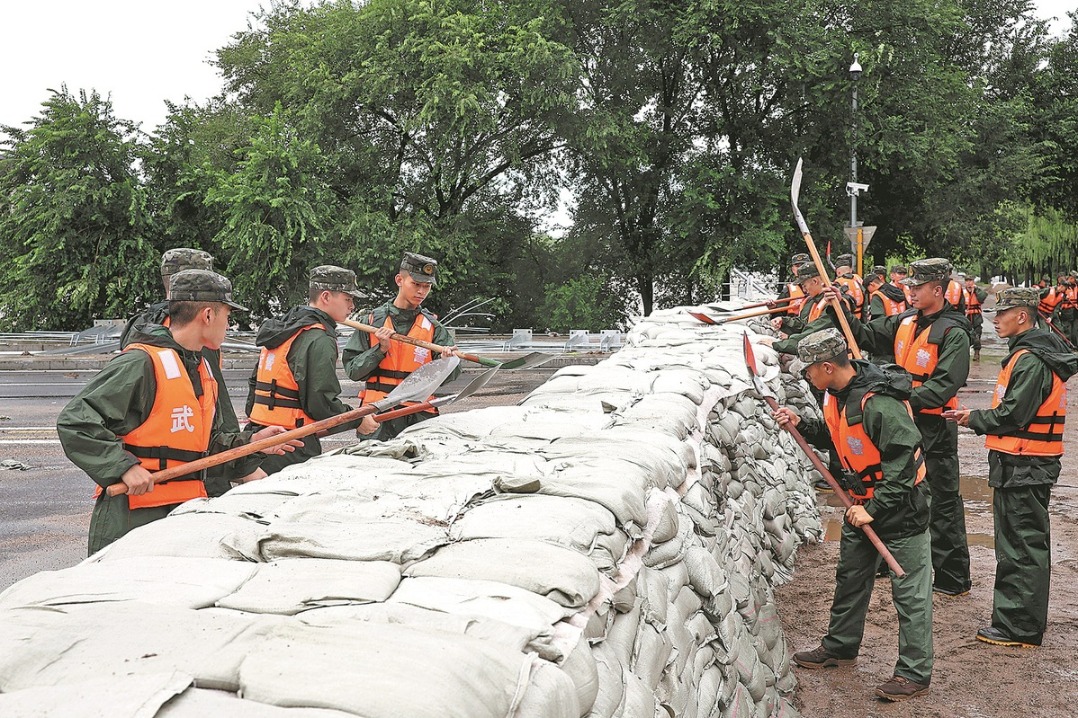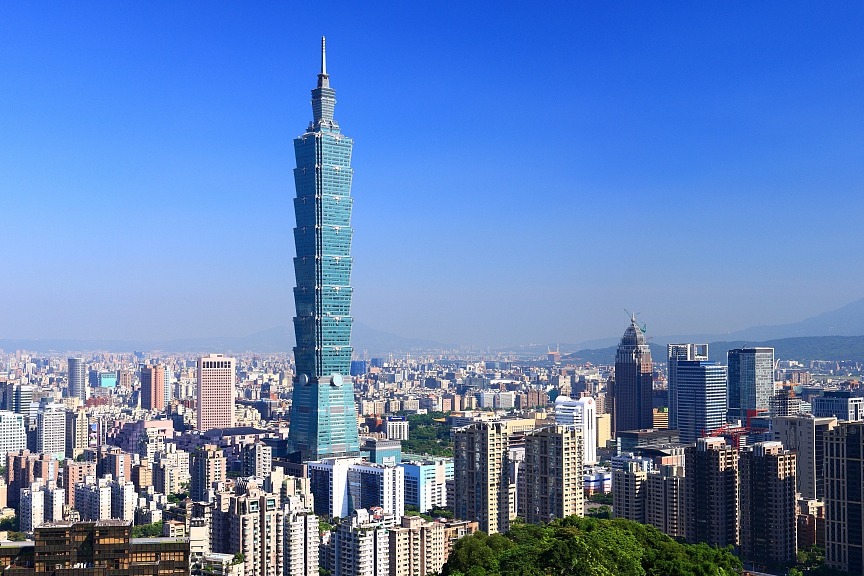No quick fix for Japan's decreasing population


The population of Japan has decreased for 11 years in a row, and the annual fall might become even larger in the future if the momentum is unchecked.
Its population shrank by about 644,000 people last year, the largest annual decline in history. And the newborn population of the country was 811,604 last year, the lowest in history.
Also last year, about 500,000 couples registered for marriage in Japan, more than 20,000 fewer than that of the year before, and the lowest in the country since World War II.
The country has not seen a recovery of its birthrate since its newborn population peaked at 2.09 million in 1973.
In response, the Japanese government has pledged to create a better environment for raising children and has made that a priority of its work, as it worries that the shrinking population may shake the foundation for socioeconomic development.
Despite this, as international experience shows, the shrinking of the population will be very hard to reverse, as people's fertility desire is influenced by many factors and a low birthrate or negative population growth is more common in developed countries than less-developed ones.
As a result, the difference a government can make in boosting the birthrate is quite limited.
Some commentators believe that Japan may need to become an "immigrant country" in the future. But Japan has a strict immigration policy, and immigration remains a taboo topic in the country's public discourse. Therefore, in the foreseeable future, Japan, like many other countries, will only become a "migrant worker receiving country" and not a "country accepting immigrants".
If Japan really wants to resolve its labor shortage through immigrants, its whole immigration policy and legal framework will need an overhaul.
That might mark the biggest change in the country since its Meiji Restoration and Modernization in the 19th century.

































